Advertising is no more. There’s only content
PrintWeek India talks to Kunel Gaur and Sharon Borgoyary, co-founders of Animal, an independent creative outfit based in New Delhi.
10 May 2017 | By Payal Khandelwal
After having spent many years working in various advertising agencies, Kunel Gaur started Animal, an independent creative outfit based in New Delhi. Three months later, he was joined by Sharon Borgoyary who came in from an advertising background as well. Over the last few years, Animal has created a niche for itself with its interesting portfolio which not only includes commercial works for brands but also acclaimed personal projects like the last year’s Indianama exhibition that showcased independent India’s 69-year journey illustrated by 69 artists. The agency is currently working on this project’s new avatar. Animal has also worked with brands like Adidas, Flipkart, Lakme Fashion Week, Housing, and most recently with milkshake brand Keventers, among others.
We recently spoke to Gaur and Borgoyary about their professional journeys so far, the importance of ignoring the medium, a few of their recent projects, among other things. Edited excerpts:
Q: Could you tell us a bit about your work experiences before you launched Animal?
Kunel Gaur: I started my career with graphic design at DDB India, and worked on the first sign design guidelines for Delhi Metro in collaboration with folks from London Underground. I got hands-on experience of designing for a space that is both crowded and busy, working through wayfinding diagrams on detailed drawings of each station in Delhi.
I then moved to Euro RSCG for a small stint as a web designer, creating advertising for brands like Hyundai, American Express and HBO. I then ended up moving back to graphic design and a bit of advertising with a small outfit called Shop, started by Naved Akhtar and Freddy Birdy after their much celebrated careers as national creative directors at McCann Erickson and DDB India. It was here that I learnt a great deal of design, art direction and typography working across campaigns and design projects for The Times of India and Godfrey Philips, amongst others.
In 2007, I moved full-time into advertising with JWT where I worked on campaigns, brand look-books, print design, identity and interactive work for brands like Pepsi, Mountain Dew, Nokia, Airtel, Hero Honda, GSK and National Geographic Channel. I was also responsible for the launch of Sony Bravia in India and Aliva by Fritolay. I worked with JWT for five years on industry projects and a few personal ones including 54 Project where I got 54 artists together to design a playing cards deck, one card per artist. This was my first curatorial project. I then moved to Saatchi & Saatchi before joining my last full-time stint at Wieden + Kennedy India.
Sharon Borgoyary: I joined JWT as an art director right after graduating from NIFT (National Institute of Fashion Technology). At JWT, I worked on campaigns and packaging work for Pepsi, Mirinda, 7UP, Mountain Dew, Slice and Aquafina. After a brief stint in JWT, I moved on to Shop, working closely with Future Brands and creating work for The Times of India and a bunch of startups. At Shop, I got a chance to get involved in all the steps of communication from breaking down a brief to strategising to delivery. Clients are often not clear about the potential of their product offerings, and a lot of my work was about creating an aura around their product or service, thereby bringing to life something they thought didn’t exist.
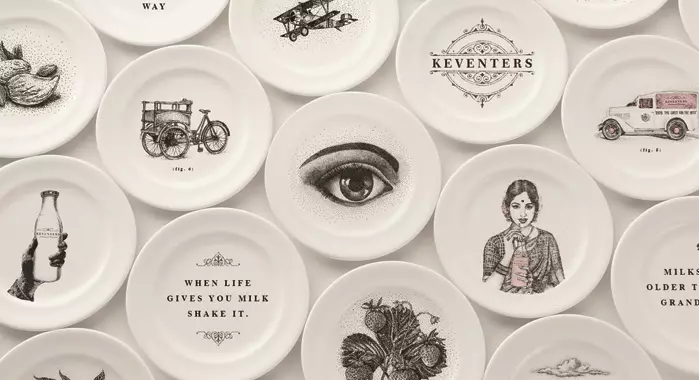
In 2011, I joined Leo Burnett where I worked on Uninor. Then I moved to Cheil Worldwide where I worked on Samsung and Lavie. One of the projects that stood out there was a solar powered light-bag that I designed with my friend and colleague Anusheela Saha for an NGO called Salaam Balak Trust. This was distributed for free to under-privileged street children to help them study at night. The product received awards at various Indian and international platforms such as Abby, Cannes Lions, Spikes Asia and The One Show.

Q: What was the main inspiration behind starting out on your own?
Kunel Gaur: The sameness of all the places I worked at was getting to me. We had the potential to create extraordinary work on any given brief but no one was listening, and those who were ended up being too scared. I realised that it was much better to take control of things myself even if it meant having to create something from the ground up. Plus, I was missing all the fun. So in 2014, I started another curated project called ‘Species’ with 101 artists re-creating what eventually became the Animal logo, in their own style. The project was well received by creatives and brands alike. Kyoorius was happy to sponsor the paper for a limited edition book that we published for Species, and National Geographic Channel came on board as a sponsor to the project exhibit held in New Delhi. They were also our first client.
Three months later Sharon, my partner (in crime and in life) left her job at Cheil Worldwide and joined me. We met while I was at JWT and instantly fell into a one-person-living-in-two-bodies sort of love. We worked the first couple of months on our own and gradually (and selectively) started building a team.
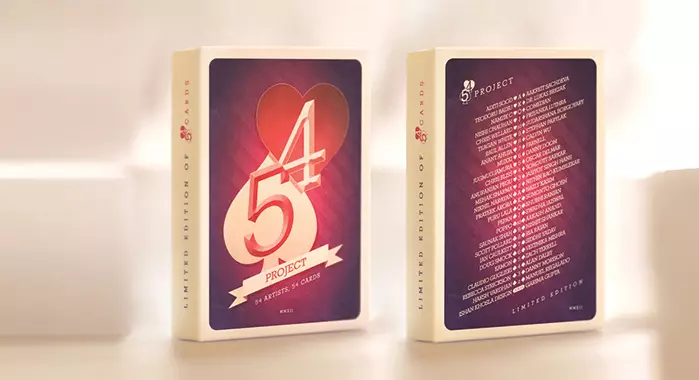
Q: What are some of the learnings you both bring from the advertising world to your practice?
Kunel Gaur: The greatest learning has been the importance of ignoring the medium. With the idea at the center of it, today a dentist’s business card can grab more attention than a television commercial for a big global brand. An Instagram Story lives longer than most product stories. Advertising is no more. There’s only content.
Our next learning was in terms of the corporate infrastructure. Prior to Animal, we mostly dealt with corporates and globally established brands. So when we started out, it took us some time to figure out the needs of a startup client, and how these differ from that of a big brand’s. There were hiccups and confusions, but we eventually figured out the specifics of both and why they function so differently.
Q: Could you tell us more about your most recent project for Keventers?
Kunel Gaur: Keventers approached us last year as they wanted to revamp the communication strategy around the brand, making it more relevant to the younger audience but without losing the erstwhile charm. After looking at a lot of possible directions, we thought of creating something that would resonate with both existing as well as new consumers.
We spoke to their stakeholders to get a point of view. They had done some brand work with candid photography and digital illustrations prior to approaching us - something that they wanted to move away from. We finalised on a design language that perfectly emoted the brand to both the consumers - laden with charm for one and nostalgia for the other. We had people sipping on Keventers with elements reminiscent of a bygone era, like the original milk van, the first dairy farm, etc. These were illustrated using the stippling method, and featured alongside the portraits of Edward Keventers, founder of the company.
The background colour for all the artworks was borrowed from the white pastel tiles on the walls of the original store in Connaught Place in Delhi. Apart from the posters and signage, the look was also extended to menus, video and merchandise.
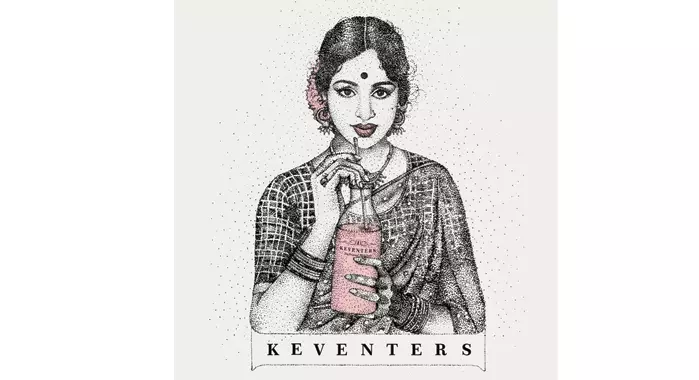
Q: Also, please tell us a bit more about the 'art re-appropriation' approach for Adidas Gazelle. That project takes over something that's analogue/stationery and turns it into digital and dynamic.
Kunel Gaur: Gazelle is an icon that has been constantly re-appropriated throughout history from one generation to another. The new generation of creators doesn’t think in terms of creative ownership. Re-appropriating is creating. The inspiration (or the original artwork) can be taken from any time in the history, and hence the analogue nature of it.
Staying true to this spirit, we shot photographs of three sneaker-heads from different parts of the country, dressed in five different eras from 1960s to 2000s. We invited 16 digital artists to re-appropriate these photographs into artworks in their own style - static, video or GIF. We also conducted workshops at Adidas Originals stores in Delhi, Mumbai and Bengaluru, giving store visitors a chance to re-appropriate and create their own artworks inspired by Gazelle.
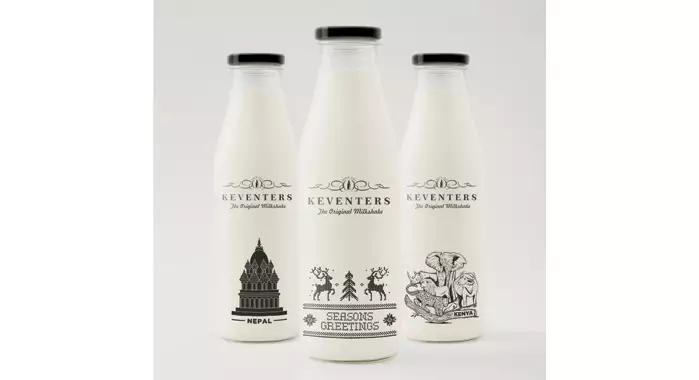
Q: Your agency does a lot of personal work as well, like the Indianama exhibition last year which received a lot of acclaim. What really triggers personal projects, and how important are these for the agency?
Kunel Gaur: As creatives we’re always thinking of ideas, big or small, and they mostly end up in a diary full of random ramblings. A lot of people we know tend to live with those for as long as it takes to find the perfect brand to apply it to. What do you do when you don’t want to wait for that long? You go ahead and do it yourself. Indianama was one such project. The thought came to us 35 days before 15th August, and we were unsure if we’ll be able to pull it off. But it was one of the smoothest run we’ve ever had, all thanks to the 69 artists who contributed artworks from all over the country.
Animal was founded on one such idea. And so it’s part of the culture here to think and do something outside of any brief. Everyone here is free to think of an idea and we’ll execute it. We like to keep things a little arbitrary, which allows for tapping into ideas we would otherwise miss.
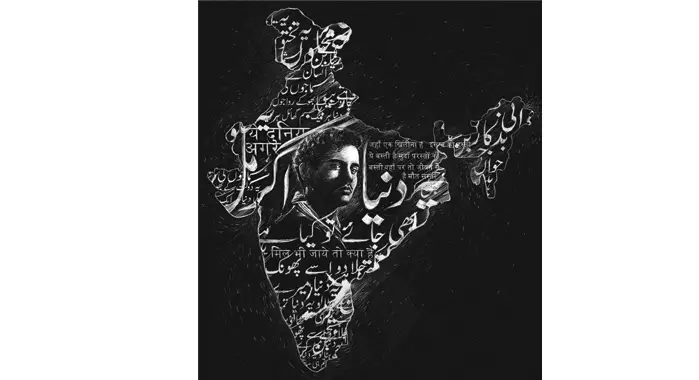
Q: In collaborations with other creative individuals and with brands, what are the key things that you look out for?
Kunel Gaur: They’re two different things. Collaborations with individuals or creative outfits depend a lot on the idea and often the idea lies in the selection of the people itself. Collaborations with brands come from their positioning, or a campaign idea that has the potential to extend itself far enough.
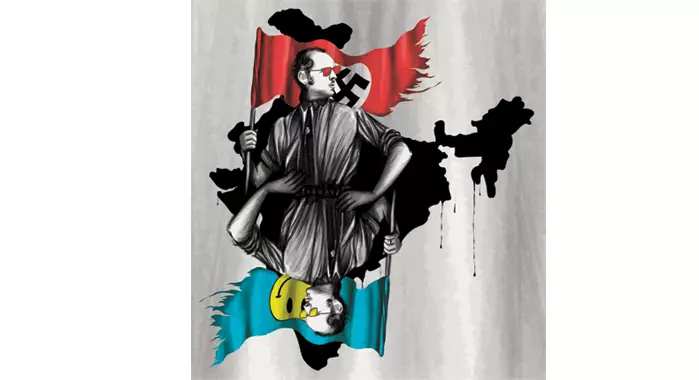
Q: What are some of the projects you are currently working on?
Kunel Gaur: We’re working on the launch of the NMD and EQT for Adidas Originals next month. And Indianama makes a comeback in a bigger avatar soon. We’re also working on an app which is a photography based product of our own. And some more work related to Virtual Reality is in the pipeline.
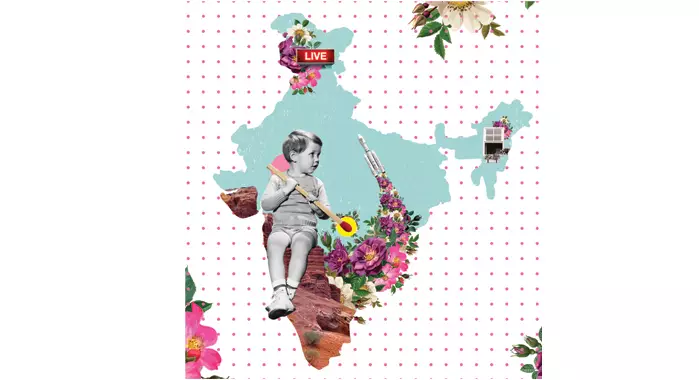
Q: And lastly, what has been your most print intensive project till date?
Kunel Gaur: We like to draw attention to printing methods on materials other than paper; most of which happens with our work for Adidas Originals. Last year, we printed some posters for them on 200 GSM metal plate for the launch of the Tubular. It was a one colour screen print, with both text and illustration in black.
Then for Adidas NMD, we printed on the sides of 500 glass bottles. The big challenge in that was the shape of the bottles which was inconsistent. So we ended up printing each bottle manually.
Currently, we’re trying out some printing on concrete, and hoping beyond hope for it to turn out good.











 See All
See All